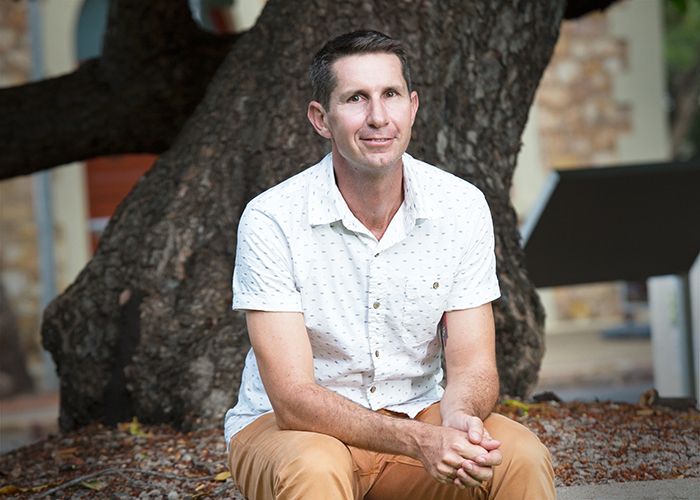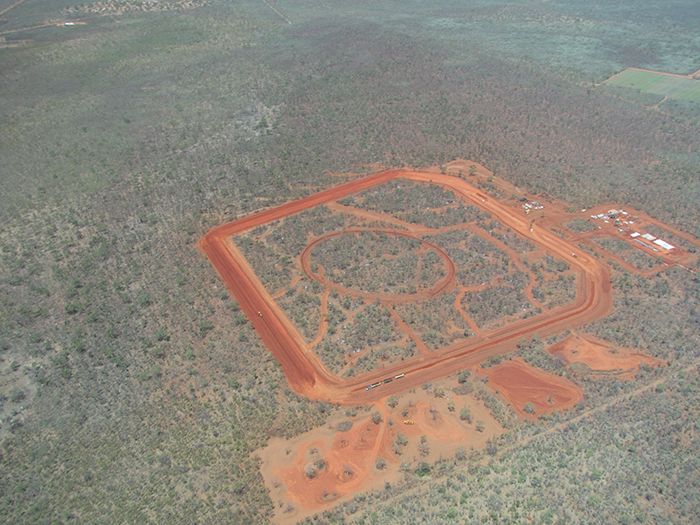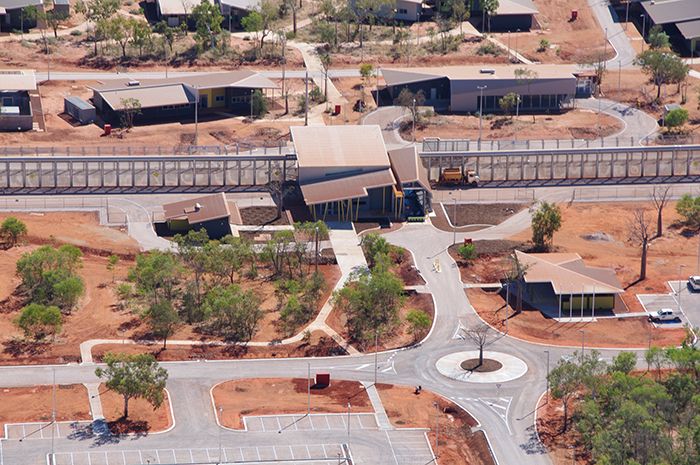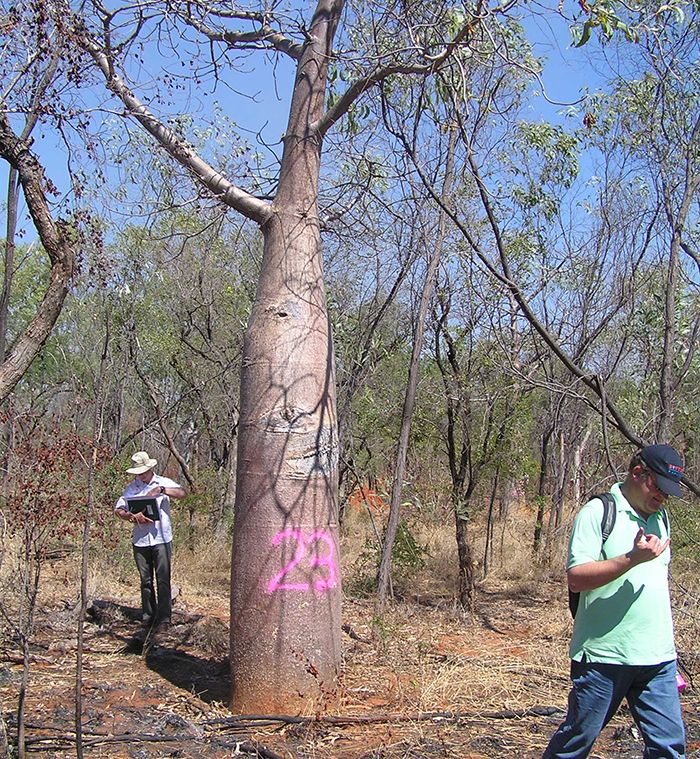
Michael White moved to Darwin as a landscape architect with CLOUSTON Associates on a two-year plan. Nine years later, he tells StreetChat about life and practice in the Northern Territory.
What are some challenges when bringing projects to life in the Top End?
Despite being a capital city and the supposed ‘gateway to Asia’, Darwin and the Top End can be very remote. Some of the challenges associated with this remoteness include costs to deliver a project, lack of a skilled workforce and a willingness to try something new.
Being slightly removed has its benefits as well. We don’t seem to be occupied by the latest design trends or seeking self-gratification through ‘sexy design’. If we manage to get one tree planted in a small patch of grass in a remote community project then sometimes that is a big win.
On the flipside, are there some delightful things too?
You get to work on small projects that can make a major difference to people’s lives. Some simple interventions can make positive changes that are tangible. When working on these types of projects you meet some amazingly dedicated people who only want what’s best for their people and ‘country’. I personally learn a lot from these people.
Can you tell us a bit about Darwin and its transient population?
Not many people realise how small our population is. Greater Darwin has a population of around 140,000 people. The population of the Northern Territory is only about 240,000. Approximately 26 per cent of our population were born overseas and around 30 per cent are Indigenous Australians.
Our growth is heavily reliant on domestic migration, meaning people see Darwin as a place of opportunity. For many Darwin is a place you either fall in love with or continue to fight – Mango Madness during the wet season is a real thing.
This means you have a lot of people coming and going, which can be hard on a small community.

How long have you lived in Darwin? Where do you hail from originally?
I like many came to Darwin on a two-year plan and am still here after nine. I was born in Sydney but raised on the Central Coast of New South Wales. I enjoyed a very safe, suburban upbringing, spending most of my time outdoors and at the beach.
Growing up on the Central Coast meant I was not exposed to multiculturalism or indigenous people. At the school I attended, of more than 1,100 students there would have been less than 10 Asian or Indigenous children attending.
I wanted my two sons to grow up in a place where they can be immersed in layers of culture and ethnicity and enjoy a unique outdoor lifestyle.
What is one of your most memorable projects and how did the landscape design contribute to its goals?
I was fortunate enough to work with some amazing people on the West Kimberley Regional Prison in Derby, in far north-west WA. The project was transformative in the sense that the design philosophy of the prison was unprecedented in Australia and perhaps around the world.
The architects engaged with the local Aboriginal people over a long period to help them design a correctional facility that would better facilitate the rehabilitation of the prisoners during their stay.
It was recognised early in the process that landscape would play a key role and our firm had a big responsibility.
The landscape design intent was to keep as much of the existing bushland and as many trees as possible inside the facility. We undertook an extensive Boab tree transplant exercise, relocating more than 70 mature trees to ensure buildings, views and shade all worked harmoniously together.
My fondest moment was visiting the site for the last time when it was partially occupied and speaking to one of the prisoners, who commented how much better he felt and closer to home than at his previous prison. My understanding is that the prison has been a huge success in that the rate of recidivism has greatly reduced.
Do you often with Indigenous communities on projects?
I have been lucky to work with a number of indigenous communities including our local mob the Larrakia. Through these projects I continue to learn about respect for cultural sensitives and communication protocols.
At the moment I am working on a Visitor Experience Development Plan for Nitmiluk National Park (Katherine Gorge), where sitting down and talking to the custodians of the land in their ‘country’ is essential to the success of the project.

New project: Visitor Experience Development Plan for Nitmiluk National Park. Image: Michael White.
Could you tell us about about AILA and the NT Chapter?
We are not a very active bunch on the national stage but we do enjoy each other’s company and a get together at the Darwin Ski Club for sunset drinks.
This is where we collaborate, swap our ideas and share gripes. We do like it when we interstate landscape architects visit us and talk about what’s happening ‘down south.’

West Kimberley Regional Prison during early construction. Image: Michael White.

West Kimberley Regional Prison, nearing completion. Image: Michael White.

Tagging Boabs for relocation for the prison development. Image: Michael White.
Video from the ABC’s 7.30 Report, New prison hailed as a game changer for Aboriginal incarceration rates:
In Profile is a Q&A series featuring Australian influencers of the public realm.
Interviewees are players in the public sphere with compelling stories, not always landscape architects or affiliated with SFA.
To nominate a subject, please contact the editor via editor@streetfurniture.com












